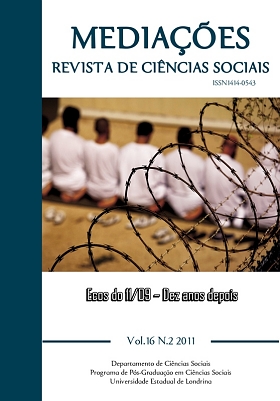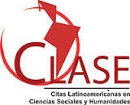Social class, identity and recognition: a bourdieusian critique of Charles Taylor
DOI:
https://doi.org/10.5433/2176-6665.2011v16n2p266Keywords:
Social Class, Recognition, Pierre Bourdieu, Charles Taylor.Abstract
The present paper will analyze the concept of social class from a theoretical perspective of the production of identities and communities and the role of the social subject within seminal works of Pierre Bourdieu and Charles Taylor. In both authors, the concept of social class appears connected to a central idea of subject that pervades the field of political action, defining temporally and spatially the objective possibilities of subjective action. Seeking a critical dialogue between these two authors, it is observed how the revision project of the concept of social class proposed by Bourdieu is engraved in a critical project of recognition both in its economic and socio-cultural realms.Downloads
References
FRASER, Nancy; HONNETH, Axel. Redistribution or recognition? a politicalphilosophical exchange. London: Verso, 2003.
SOUZA, Jessé. Uma teoria crítica do reconhecimento. Lua Nova, São Paulo, n. 50, p. 133-158, 2000.
TAYLOR, Charles. A política de reconhecimento. In: TAYLOR, Charles et al. Multiculturalismo: Examinando a política de reconhecimento. Lisboa: Instituto Piaget, 1998. p. 45-94.
TAYLOR, Charles. As fontes do self: formação da identidade moderna. 2. ed. São Paulo: Loyola, 1997.
WACQUANT, Loic. On symbolic power and group making: Pierre Bourdieu’s reframing of class. Preface to Pierre Bourdieu Et klassespørsmål. Oslo: Forlaget Manifest, 2007.
Downloads
Published
How to Cite
Issue
Section
License
Copyright on articles published in Mediações belongs to the author(s): in the case of partial or entire republication of the original publication, we ask author(s) to indicate the original publication in the periodical.
Mediações uses the Creative Commons Attribution 4.0 International license, which allows Open Access, enabling any user to read, download, copy and disseminate its content so long as adequately referenced.
The opinions expressed by the author(s) are their sole responsibility.
































